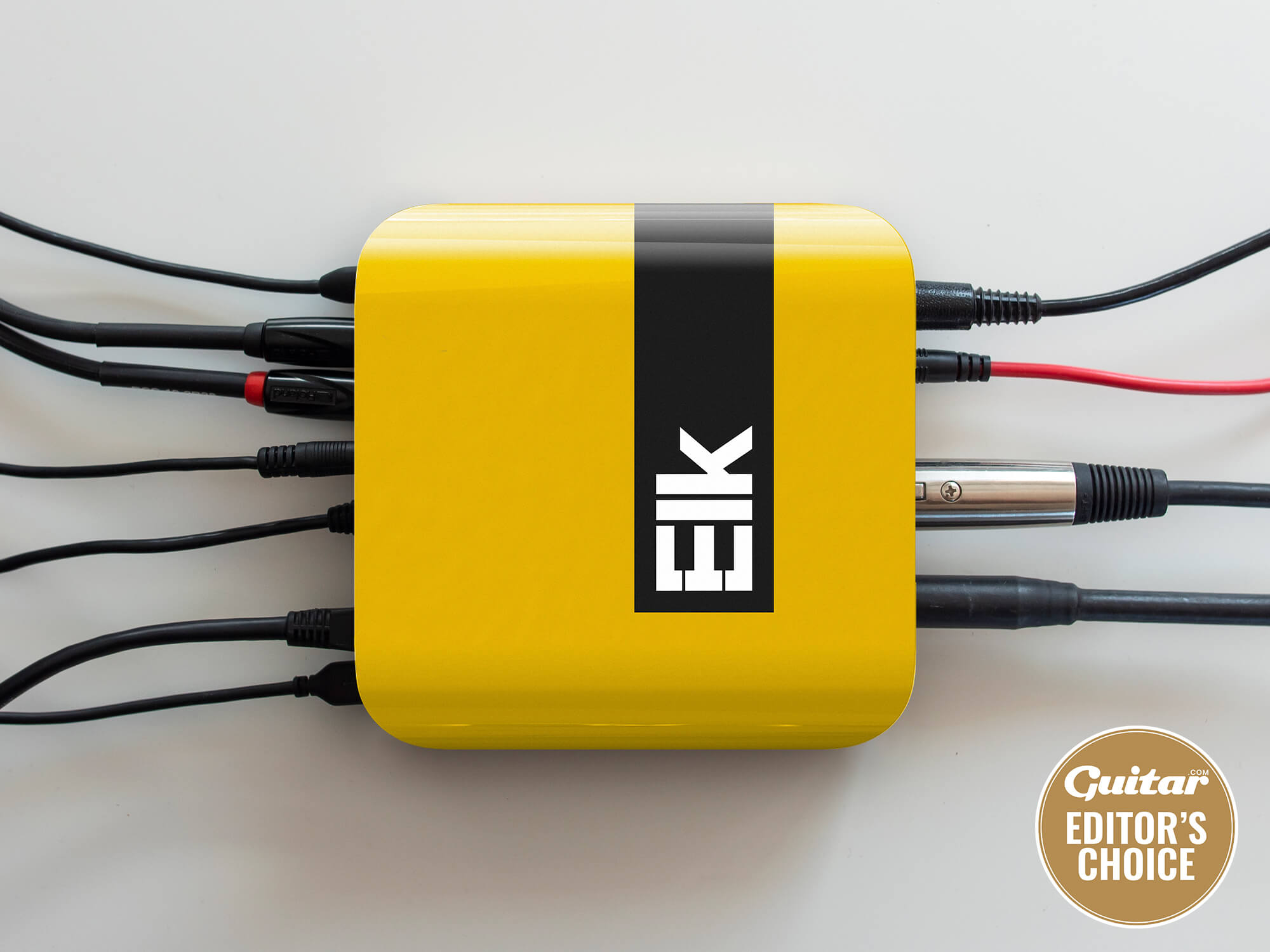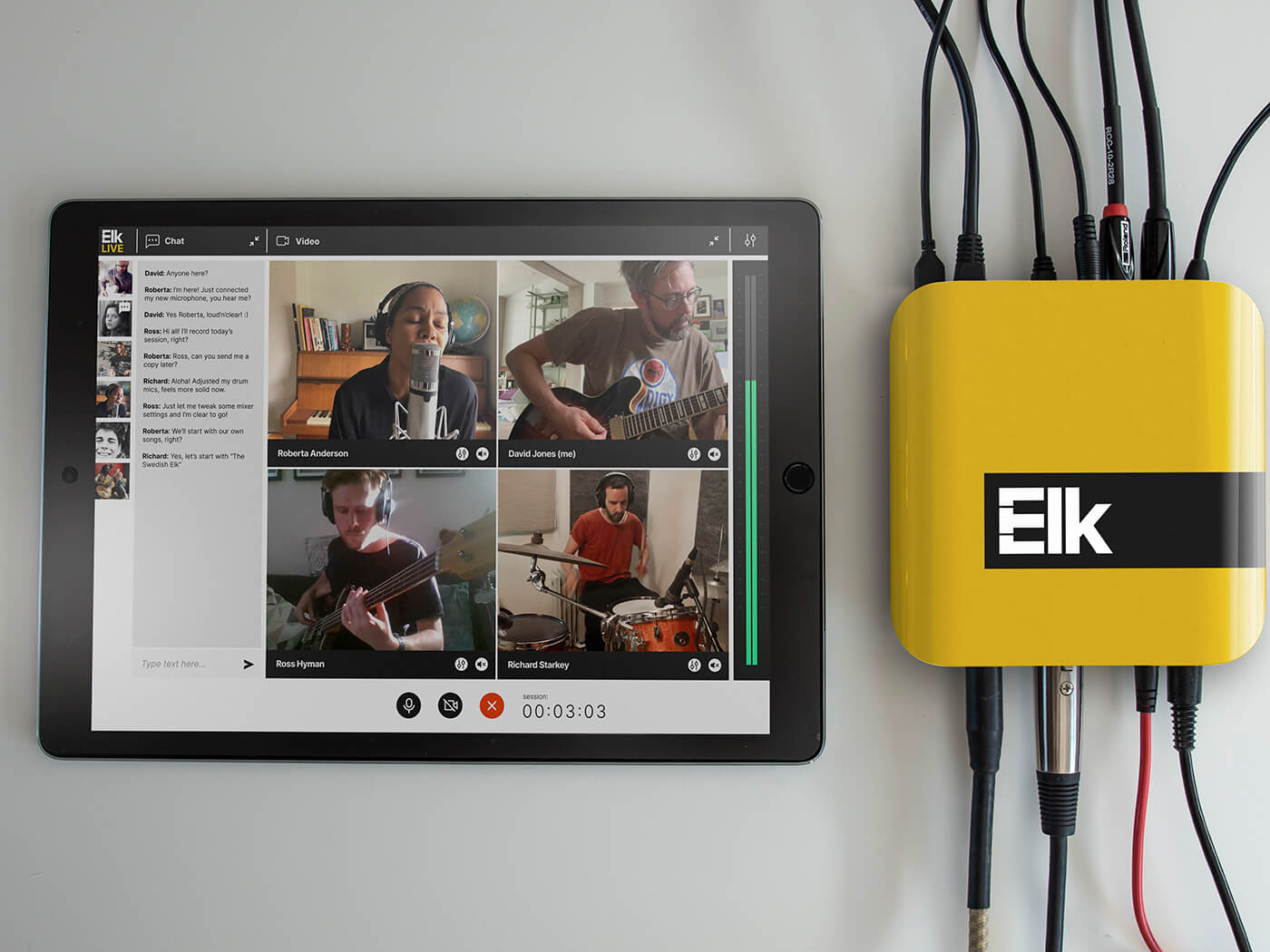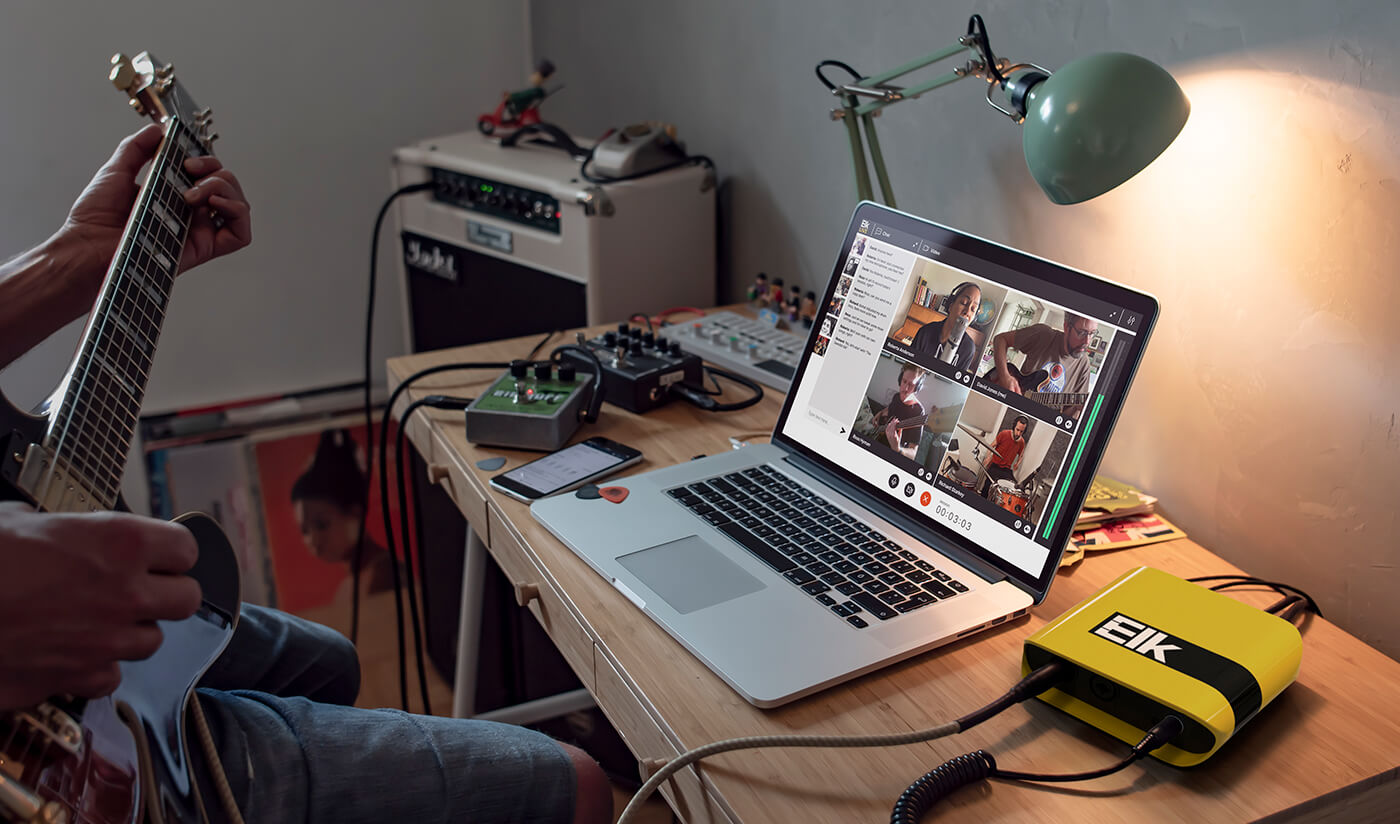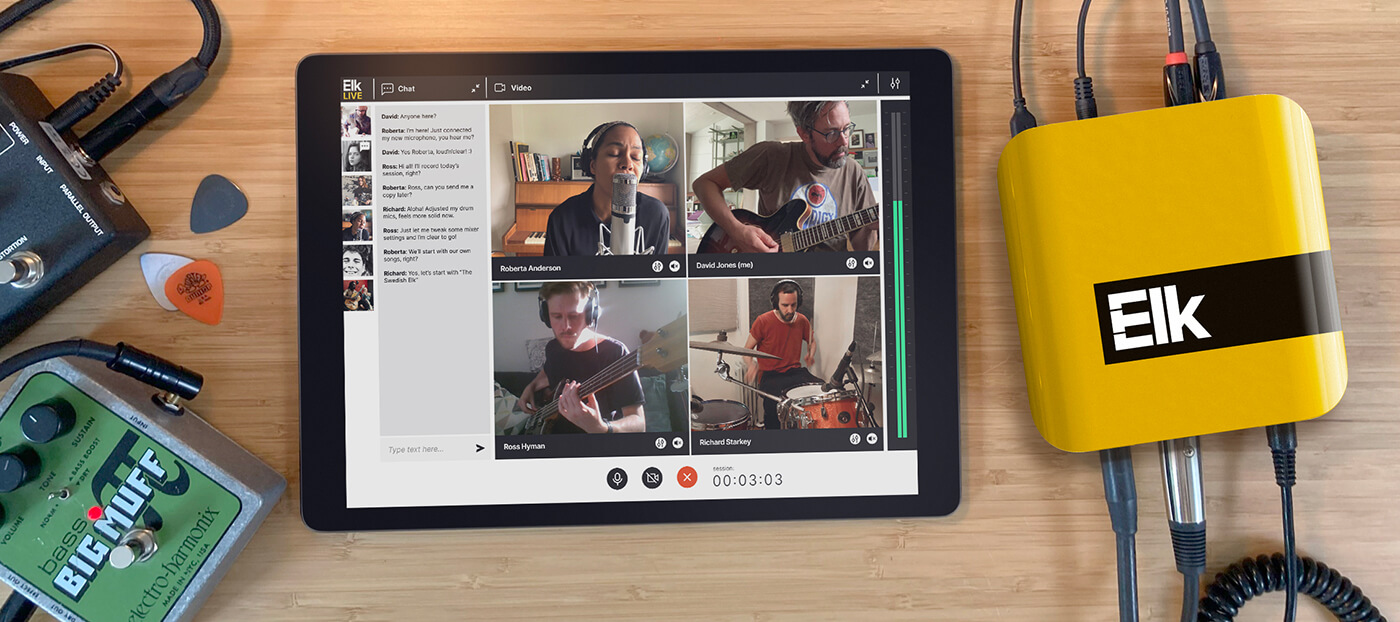Related Tags
Elk Live review: Can one piece of hardware make online jamming viable at last?
The world is your rehearsal studio with this Swedish-made gadget, which claims to offer ensemble playing over the internet without the curse of latency.

Review Overview
Our rating
9
Our verdict
If the pandemic has taught us one thing, it’s that we don’t like each other. The stay-at-home revolution has happened, just a little quicker than planned, and for many of us there’s no going back to the old routines of office, pub… and band rehearsal space?
That last one’s a bit more tricky, but a Swedish company called Elk Audio thinks it can help. This is Elk Live, a system using a combined audio interface and internet bridge to offer the promise of latency-free online musical collaboration – so it should sound and feel like you’re all in the same room even if you’re miles apart.
There are already apps around that make claims of this kind, but Elk’s idea is to cut out all the middlemen, not just one. You plug your instrument and/or mic (plus headphones) into the front of the unit, a super-speedy Ethernet cable whizzes the signal straight to your router, and it’s all controlled by a lightweight piece of in-browser software whose main job is to stay out of the way.

Now, if you’re with a service provider that uses carrier pigeons instead of fibre-optic cables, you are going to have problems. But for many of us the broadband network is crazily fast these days, and most of the latency that creates all those awkward stop-start moments in Zoom calls is actually coming at either end of the line, between our input/output devices and routers.
Let’s be a bit more specific about the pigeon-powered internet: Elk recommends minimum upload and download speeds of 10Mbps, and a ‘ping’ measurement below 10ms. If you don’t know what any of that means, go to speedtest.net and you can find out in a few seconds.
For our testing we arranged a three-way jam between London, Brighton and Dorchester. That’s not too ambitious – London to Dorchester is about 120 miles – but it’s a lot further apart than you’d want to be to meet up in person for regular rehearsals.

In use
Compared to the usual band practice setup – all the way from hauling your gear into the rehearsal room to reminding the drummer how to count to four – getting started with the Elk system is pretty quick. You have a few cables to plug in, then it’s just a matter of logging into the Elk Live Studio site, checking your levels on the mixer screen and making sure everyone is on the call.
Once the ‘band’ is assembled, each person can adjust the levels of how they’re hearing everyone else (in stereo) so there’s no need for arguments about who’s too loud. Naturally there’s also a video screen so you can all see each other, though this will be running through your normal Wi-Fi so a bit of latency here is inevitable.
And the audio? Sadly for us, our Brighton-based guitarist’s home internet speeds were well below those recommended figures and he eventually had to give up in a fog of juddery frustration, but the line between London and Dorchester was indeed – most of the time – virtually latency-free.

The technical requirement here is that you’re hearing each other quickly enough to be able to play in time; the musical requirement is that it feels natural, with no sense of remoteness. And when the network is strong, that’s exactly what Elk Live can deliver.
For us things did get a bit laggy in the evening – not enough to make playing in sync impossible, but enough to make it feel weird and kill any sense of spontaneity. Well, that’s the internet rush hour; when we reconvened in the morning, everything was up to speed again. Had we been geographically closer, this may not have been an issue.
So is an Elk Live session as good as a real band practice? Of course not, because doing anything online is never going to be as rewarding as the real world equivalent. But if getting together IRL just isn’t feasible, this system is capable of breaking down the practical barriers that previously made playing together over the internet impossible.
As a moment in music-making history, then, this yellow box could prove quite significant. But for now, bearing in mind the price of each unit plus the monthly subs, whether you’re willing to make that leap will depend on how committed you are to the idea of remote collaboration.
Key Features
- PRICE £300 + £14.39/month
- DESCRIPTION Low-latency audio interface and internet bridge, made in Sweden
- CONNECTIONS Two combined XLR/TRS inputs, each with switchable phantom power; stereo headphone out (jack or mini-jack), two line outs, digital optical in/out, MIDI in/out, USB-C audio, USB-C mains power (adapter included), Gigabit Ethernet (cable included)
- DIMENSIONS 140 x 140 x 45mm
- CONTACT elk.live
Like this? Try these
- JamLink $200
- Jamstud.io FREE (software only)
- Soundjack FREE (software only)
